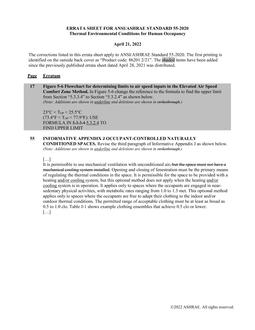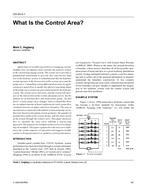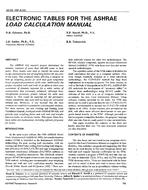In Direct Expansion systems for Air Conditioning, R-22 is still almost exclusively use in Hot Climates, while R-410 is the reference in more temperate climates. In the search for environment friendly solutions with high energy efficiency, most of the alternatives proposed are zeotropic blends, and many are flammable. A difficulty of using blends with glide is their high sensitivity to the arrangement of heat exchangers (parallel, counter or cross-flow). This is addressed through a method of “constant LMTD analysis”: the results for each fluid are calculated in the best case configuration (counter-flow on evaporator and condenser), and in the worst case (parallel on both sides). Real systems should be in between, hopefully close to the optimum. Results are presented as curves of COP versus volumetric capacity for various fluids, where each blend is represnted by a segment between the two extremes. Servral test programs were undertaken to evaluate alternative fluids. Lots of data are available, but are difficult to compare. Some programs are focusing separately on alternatives to either R-22 or 410-A. Others cover a wider range of fluids, but the detailed test data are not available. The Constant LMDT method is used to make cross-compariosons between these studies. the study simulates systems similar to a base line unit at different operating conditions, using various fluids. Comparisons between R-22, R-410A and their alternatives are presented. Within each group, corrections are made on the COP to simulate units of equal capacity. Cross comparisons beween both groups of fluids are also presented.
Citation: Second International Conference on Energy and Indoor Environment for Hot Climates, Doha, Qatar, February 2017
Product Details
- Published:
- 2017
- Number of Pages:
- 8
- Units of Measure:
- Dual
- File Size:
- 1 file , 1.9 MB
- Product Code(s):
- D-HCC17-14


